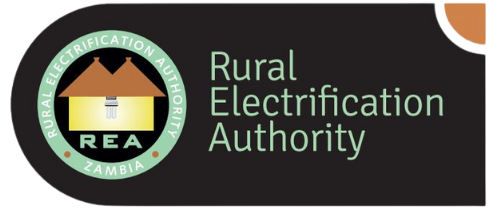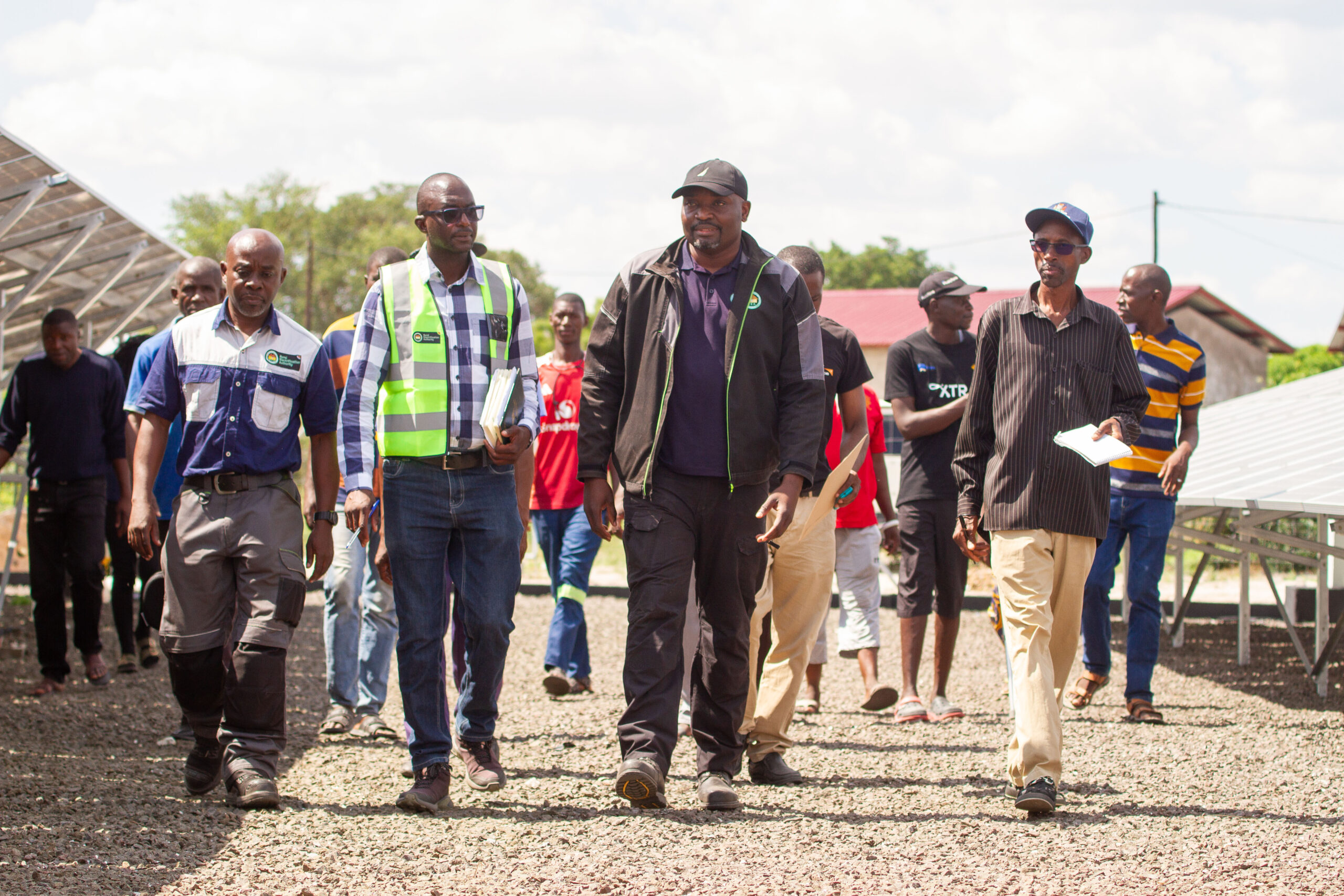In the heart of Zambia’s Western Province lies Shang’ombo, a district as vast as it is remote. Here, modern infrastructure, especially electricity, has long been absent. But in the rural village of Natukoma, a quiet shift is happening. Solar energy is beginning to power homes, clinics, and classrooms, marking a new era of transformation in one of the country’s hardest-to-reach districts.
For decades, electricity in Shang’ombo felt like a distant promise. With the national grid more than 100 kilometres away, powering the region seemed improbable. But through an innovative rural electrification initiative, clean energy has finally arrived, offering more than just light, but a path to dignity, opportunity, and long-term development.
“This project is a game changer to us. Our learners used to study at night using candles or torches with weak batteries. Electricity will now mean ability to conduct evening preps, better academic performance, and even the rollout of the new ICT curriculum in line with the Government directive,” said Mulako Mulako, Natukoma Primary School Headteacher.
Since independence both Primary and Secondary Schools have been struggling to attract and maintain teachers. The school would receive three to four teachers a year, who often stayed only a term before transferring, especially those from urban areas who are seemingly used to electricity. Now that power is finally here, this is expected to improve.
But energy isn’t just about light. It’s about dignity, access, and opportunity. It powers health centres, government offices, social services, and homes, giving Shang’ombo a real chance to develop on its own terms.
With an investment of over ZMW 13.8 million, the Natukoma solar mini-grid project covers the full solar infrastructure, including 224 solar panels, 75 batteries, a 103kWp power system, and an 8km distribution line. The total cost also supported installation works and community engagement efforts, ensuring over 500 connections, from classrooms to clinics, receive power reliably.
For the Government, through the Rural Electrification Authority (REA), rural electrification is no longer solely tied to the national grid. The Authority is now rolling out smart, scalable systems like solar mini-grids, especially in drought-prone and hard-to-reach areas, where grid extension is economically or technically unfeasible.
Still, this story is not just about what government can do, it’s also about what communities must do.
“This project will help not only the surrounding communities but also government departments in this area. But we must guard this investment jealously. As a district, we’ve seen progress. Now the responsibility lies in our hands to protect it and build on it,” Shang’ombo District Commissioner Mubita Siyamana, during the tour of the project.
In Shang’ombo, where the road is long and the challenges many, solar energy is proving to be the bridge between isolation and inclusion. And with projects like Natukoma’s solar mini grid, the sun isn’t just rising, it’s powering a new day.

